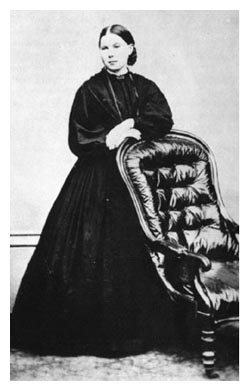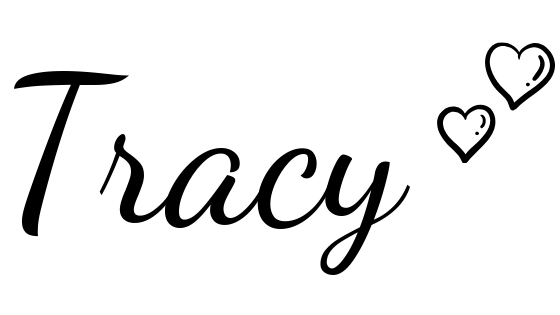
Let’s break out of the cultural norm and stop teaching to the test. By using Charlotte Mason’s testing method called “narration,” we can achieve a higher level of learning in our homeschool.
Who Was Charlotte Mason?
Charlotte Mason, a British educational reformer at the turn of the twentieth century, coined the term “narration.” She believed education was about more than just passing an exam. She also felt that children weren’t just empty sacks to be filled with information, but that they should be taught to think by exposure to great books.

So, What Is Narration?
Simply put, “narration” is having your children tell you what they know.
Here’s a very brief example of how I used narration yesterday to test my daughter’s reading comprehension:
“Tell me what you read about Elizabeth Kenny today,” I asked her.
“Well,” she said, “doctors are starting to realize that Elizabeth Kenny’s treatments for infantile paralysis actually work and that the methods that they have been using, like casting, don’t work. So, the doctors are starting to listen to her now.”
My daughter just told me what she knew. It was a natural, conversational way to assess what she learned.
This quick conversation just answered some key questions for me:
- Did she actually do the reading? Yes.
- Did she understand what she read? Yes.
- Was she able to recall the facts? Yes.

Why Is Narration Better Than Traditional Testing?
Traditional testing methods don’t always reflect true learning. Sure, multiple-choice and fill-in-the-blank tests are the best solution for the classroom, where the teacher needs to assess a lot of children.
However, with homeschooling, there is a better way. Measuring aptitude should be about proof of understanding, not the ability to just memorize facts (that will probably be forgotten).
High test scores don’t always represent higher learning. To study for traditional testing, children often store information in their short-term memory and then forget it when the test is over.
Narration may sound very easy, but it actually requires a higher level of thinking than selecting an answer from a list of possible solutions on a test.
Why Narration Works:
– Narration requires the child to process, organize, recall, and then communicate the information learned.
– It’s a method to evaluate comprehension, not just the memorization of facts.

2 Ways to Use Narration to Test What They Know
There are two ways to test children using narration: oral and written.
1. Oral Narration
Oral narration can be used with all ages. It’s basically just asking the child to summarize out loud, in their own words, what they learned. By having regular times of “telling,” they are developing strong communication skills from an early age.
Ask simple questions like, “What did you read about in science today?” or “What happened to Gulliver in the story today?”
2. Written Narration
You can transition to having your children do some written narration around the age of 10.
Oral narration is actually developing your child’s writing skills. With oral narration, they are organizing information and communicating it back in a way that develops strong written expression. By the time they begin writing out narrations, they have had a lot of practice composing their thoughts and developing a literary style.
Written narration is very useful in middle and high school. It gives your students ample writing practice without always having to come up with material to write about.
How to Begin Using Narration
If you’re just starting narration, you may need to model it for your child at the beginning. Read one paragraph from an interesting story and then summarize what happened. Then, have them narrate from the same paragraph you just did.
If we are doing family read alouds or Bible reading, I typically have the oldest child narrate first and then go in age order. That way, by the time we get to the youngest, they have heard it a few times and will have more success.
Narration Tips for Homeschoolers:
- Have children take notes while reading or listening to read alouds.
- Have children narrate daily for Bible, literature, science, or history.
- Use “living books” whenever possible. Mason used the term living books to describe books that make the subject “come alive.” They involve your emotions so it’s easier to remember the events and facts described in the story.
- Read (or quickly skim) what your child is reading independently. This way you can ask questions or have a brief discussion when the child is finished narrating.
- If you need more written work for their portfolio, you can write or type out what they say. Just indicate at the top of the page that it was “dictated by the student.”
While children do need to be familiar with traditional testing methods, we can put more emphasis on using narration to assess true learning at home. This will develop strong verbal and written communication skills in our children while we test what they really know.
A big thank you to Tracy of Happy Homeschool Mom for writing this article.


2 thoughts on “Why Charlotte Mason Narration Is Better Than Traditional Tests”